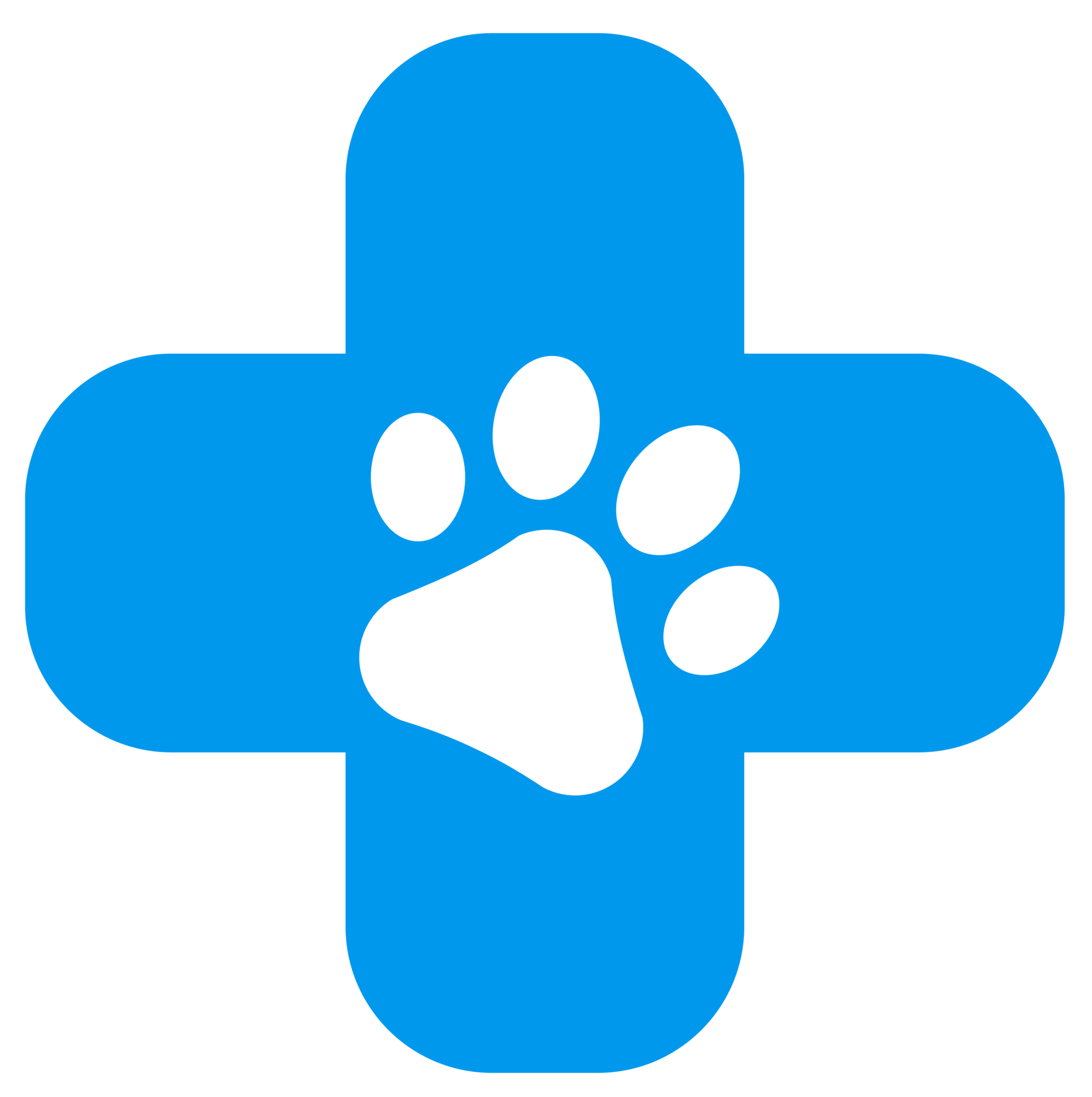The Post-Op Recovery Guide For Animal Cesarean Section
When your pet undergoes a cesarean section, proper post-operative care is essential to ensure a swift and full recovery for both the mother and her newborns. This guide provides pet owners with important pet surgery recovery tips, signs of complications to watch for, and guidance on when to contact the vet. With the right care, most pets recover well and can safely care for their litter.
Understanding Cesarean Section Surgery in Pets
A cesarean section (C-section) is a surgical procedure performed to deliver puppies or kittens when natural birth isn’t possible or safe. Common reasons for pet C-sections include:
- Dystocia (difficult labor)
- Breed-related risks, such as brachycephalic breeds with large heads
- Emergency situations, like uterine inertia or fetal distress
While C-sections are often life-saving, they require careful post-operative care to support healing and prevent complications.
The Initial Recovery Period
The first 24-48 hours after surgery are important for your dog’s c-section recovery. Key aspects to monitor include:
- Effects of Anesthesia: Grogginess, disorientation, and mild shivering are common but should gradually subside.
- Monitoring Vital Signs: Ensure your pet is breathing normally, stays warm, and remains responsive.
- Pain Management: Administer prescribed pain medications as directed to keep your pet comfortable.
- Feeding and Hydration: Offer small amounts of water and light food once your pet is alert unless otherwise advised by your vet.
Close supervision during this period helps ensure your beloved pet and her litter get the care they need.
Caring for the Surgical Site
Proper dog C-section incision care is essential to prevent infections and promote healing.
- Keep the Area Clean and Dry: Avoid bathing your pet until the vet approves.
- Prevent Licking or Chewing: Use an e-collar to stop your pet from disturbing the incision.
- Recognize Signs of Infection: Watch for redness, swelling, discharge, or foul odor from the incision site.
Following these steps reduces the risk of complications and ensures speedy wound healing.
Pain Management and Comfort
It is vital to keep your pet comfortable during pet cesarean section recovery.
- Administer Medications: Follow your vet’s instructions for pain relief.
- Provide a Cozy Resting Area: A warm, quiet space away from household noise helps reduce stress.
- Offer Gentle Support: Give your pet some extra tender loving care by just spending some quiet time with them.
The right post-op care for dog C-sections promotes faster healing and prevents unnecessary discomfort.
Nursing and Caring for the Newborns
Caring for the mother and her litter requires balance:
- Supervised Nursing: Ensure the mother can nurse without pressure on the incision.
- Monitor Milk Production: Watch for signs of mastitis, such as painful, swollen mammary glands.
- Assist When Needed: If the mother is too tired or in pain, help position the newborns for feeding.
Providing adequate support helps both the mother and her newborns thrive.
Gradual Return to Normal Activity
A slow return to activity is part of pet surgery recovery:
- Short, Controlled Walks: Begin gentle leash walks after a few days, as advised by your vet.
- Avoid Jumping or Rough Play: This prevents strain on the incision site.
- Monitor Energy Levels: Watch for signs of fatigue or overexertion.
It’s important to be patient, as full recovery may take several weeks.
Potential Complications to Watch For
Keep an eye out for the following possible complications.
- Signs of Infection: Redness, swelling, or discharge from the incision
- Internal Issues: Vomiting, refusal to eat, or excessive lethargy
- Newborn Concerns: Lack of nursing or failure to thrive
Recognizing these symptoms early can prevent more serious complications.
When to Contact the Veterinarian
Reach out to your vet if you notice:
- Signs of infection, excessive bleeding, or unusual swelling
- Difficulty breathing or extreme weakness
- Issues with nursing or newborn care
- Any unusual or concerning behavior
Trust your instincts—if you are concerned, always consult your veterinarian.
Conclusion
Attentive pet C-section aftercare is critical for the well-being of both the mother and her newborns. By monitoring the mother closely, caring for the incision, managing pain, and ensuring the newborns receive adequate care, you can support a successful recovery. If you have any concerns or need additional guidance, contact Animal Outpatient Surgery for professional support and advice or make an appointment.
